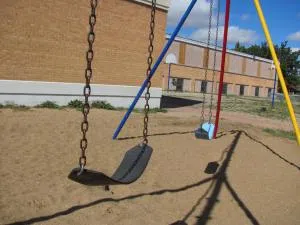
More aboriginal children in foster care in Sask. than national average
Over-representation of Metis and First Nation children in foster care and out-of-home care remains much higher in Saskatchewan than the national average.
The 2011 National Household Survey released Wednesday showed a shocking disparity between aboriginal children’s presence in foster care compared to non-aboriginal children. It stated that of the children aged 14 and under who were in foster care, nearly half were aboriginal.
In comparison, the numbers in Saskatchewan are actually much higher.
“In Saskatchewan I think that the over-representation is much more dramatic,” said Bob Pringle, the Saskatchewan advocate for youth and children.


